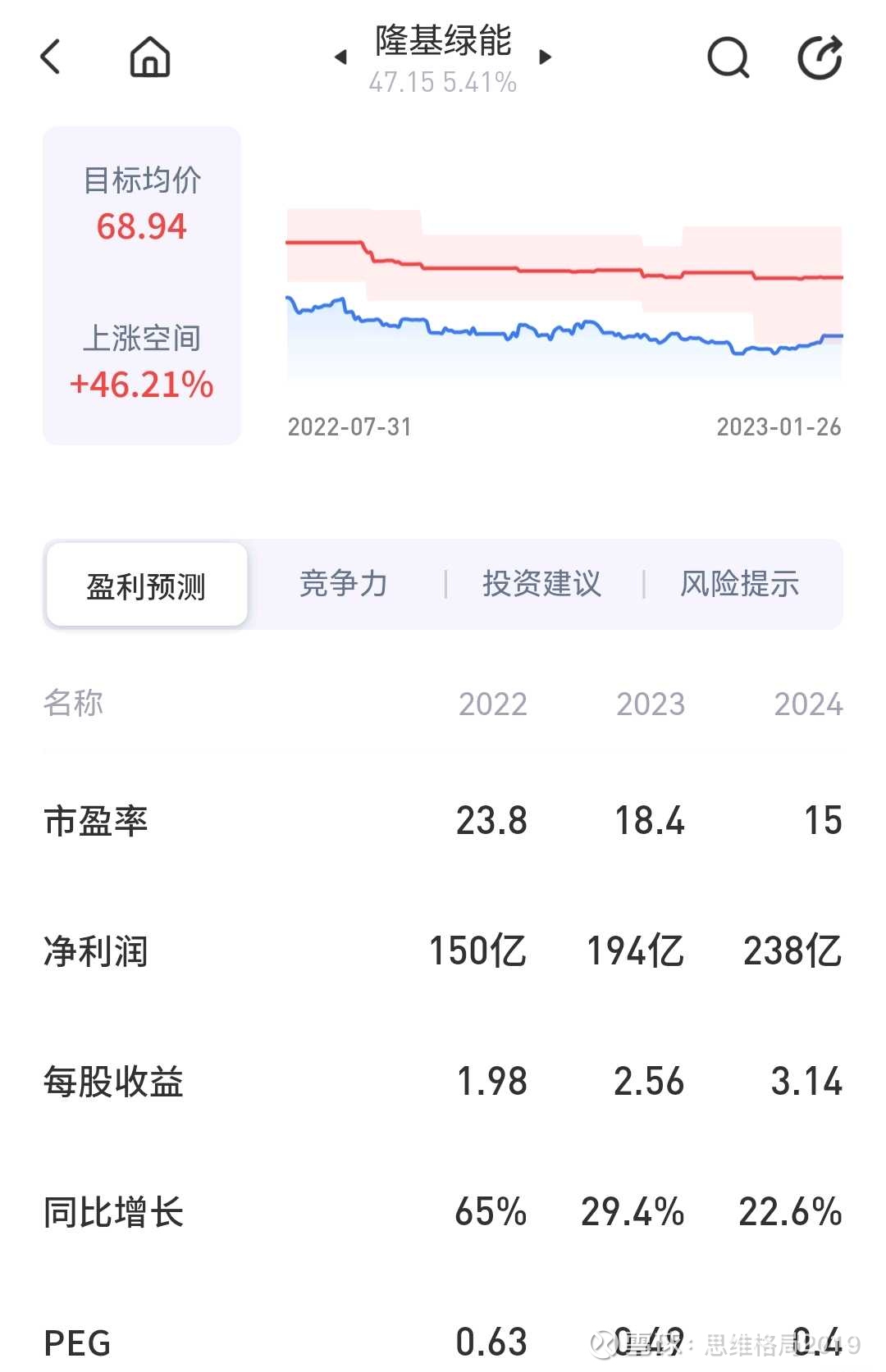Briefly talk about the wave of photovoltaic production expansion: 
In fact, some of the production expansion plans presented are PPTs, which are difficult to implement. Production expansion is generally carried out in stages, depending on the situation. After seeing that the risk-benefit ratio is not high, the second and third phases will not be invested. The expansion of production also shows that photovoltaics is indeed a sunrise industry. Last year, photovoltaic installed capacity was 250+GW (at the beginning of last year, it was expected to be 220GW, and I predicted 240+). This year, it may be 350+GW. 1000GW, so production expansion is the norm, not only to meet demand, but also to replace outdated production capacity; if the technology is not leading and blindly expands production, after commissioning, the production capacity will be outdated and eliminated by the market. The strategy of LONGi Green Energy is not to lead and not to expand production. And the expansion speed is fast, the product has a premium, and the technology dividend is fully enjoyed. When the competitor has a similar product on the market, the investment cost has already been earned.
The leaders’ plans to expand production are also deterring second- and third-tier players and want to consolidate their monopoly advantage. We first need to distinguish between the planned production capacity and the actual production capacity after landing, observe the operating rate, and see whether the quantity is excessive when it finally becomes a product.
Then look at the differentiation of these products. It is generally believed that photovoltaic products are homogeneous. As long as you have money, buy equipment, and produce silicon materials, silicon wafers, and batteries, there is no distinction between these brands, and anyone can use them. In fact, there are still differences in each link, especially the final components. I wrote in the year-end summary that the power generation efficiency is high (new battery technology), the product is stable and reliable (outdoor operation for 20 to 30 years), and the appearance of household products is beautiful. , these are the differences. Some end users reported that in the beginning, in order to save costs, they chose the second and third lines. After a few years of use, the efficiency decreased significantly, the damage was serious, and even the original manufacturer could not be found for maintenance. They regretted it. This is a common phenomenon in the early stage. In the future, more attention should be paid to brands, channels and services.
Finally, look at the price game and profitability in the industrial chain, mainly to observe the price cuts in each link. As long as the price cuts in this link are smaller than those in the upstream, the profits will expand, because the raw materials are cheaper, the cost is reduced, and the overall profit is of course increased. .
At present, the prices of all links in the photovoltaic industry chain are on a downward trend, but this does not mean that the profits of all links will decline. Let alone the price drop, the demand will be stimulated, and the volume will rise. The overall profit is still rising. The photovoltaic industry has its own characteristics. , multiple analyzes are required.
In the past two years, most of the money was earned by the most upstream silicon material link. Due to its insufficient production capacity and relatively slow expansion speed, it has become the most scarce link. The price has risen from 60,000 to more than 300,000. Now the production capacity is sufficient. In the future There may also be excess. Since the end of last year, the price of silicon materials has plummeted, from 300,000 to more than 100,000. The profit must have dropped significantly, but the cost of the leader is only 50,000 to 60,000, and the profit is still considerable. The cost of some domestic second- and third-tier companies is 100,000. High, if it falls below 100,000 in the future, part of the production capacity will be eliminated.
In the subsequent silicon wafer and battery links, as long as the price reduction rate is smaller than that of silicon materials, the original profit can be maintained at least, and the battery will generally increase, which will retain part of the profit. Volume premium (competitive companies).
I think the next component link is the most expected. Most analysts think that it will drop to 1.4-1.5 yuan at the same time. In fact, at around 1.7 yuan, the yield of the power station is good, which will prompt it to start construction. Because after the test when the price of the industrial chain is high, the work can be started when the price is 1.85-1.9 yuan, and the cost is guaranteed at about 2 yuan, and the work is started only to complete the task.
The price game of the component link should comprehensively consider centralized, industrial and commercial distributed, household photovoltaics, and foreign installed capacity. For example, last year, the centralized construction started less, while the distributed ones installed a large number of machines. Foreign countries are not sensitive to prices and have a large demand, so they also installed a large number of machines. This year, you can think of it this way: If the installed capacity demand of more than 1.7 yuan is still sufficient, such as foreign and domestic distribution, why bother to give the centralized one at a price of 1.5 yuan. In the end, it is more likely that the centralized system will be installed at a price of about 1.7 yuan, because the rate of return is already good at this time, and we will not continue to wait. It is no longer a task.
Based on this, LONGi’s profit in the first half of this year will exceed expectations, because it signed a lot of high-priced orders of 1.85-1.9 yuan last year, and shipped them successively in the first half of the year. Due to the sharp drop in upstream prices and a sharp drop in costs, it can make a lot of money this year. In 21 years and Last year, modules did not make much money, and there were still some low-priced orders that lost money in order to fulfill the contract, but at the same time gained the trust of users and received compensation in the future.
This year, we may sign an order of about 1.7 yuan. If the price of silicon materials drops to about 100,000 yuan, we can also make a lot of money. In addition, because new components based on new battery technology will continue to be put into production this year, there will be a premium and excess returns!
Therefore, LONGi chose this time point to announce the expansion of production, invested 45.2 billion, increased the revenue of 1200+ after production, and built another LONGi in 2025! It is to fully enjoy the technological dividend period, and from the past, LONGi’s plan is very likely to be realized. Some manufacturers are mostly PPTs, and the launch and production of many new technologies are often pushed again and again.

The picture above shows the profit forecast of $LONGi Green Energy (SH601012)$ . I think it is very likely to exceed expectations. The growth rate will not be lower than 30%. This year’s net profit will exceed 20 billion. Maybe it will directly predict the profit in 24 years 23.8 billion, the current price-earnings ratio is only a dozen times, PEG<0.5, as a high-growth leader in photovoltaics, it is absolutely underestimated.
This topic has 1 discussion in Xueqiu, click to view.
Snowball is an investor social network where smart investors are all here.
Click to download Xueqiu mobile client http://xueqiu.com/xz ]]>
This article is transferred from: http://xueqiu.com/1255169557/240657728
This site is only for collection, and the copyright belongs to the original author.